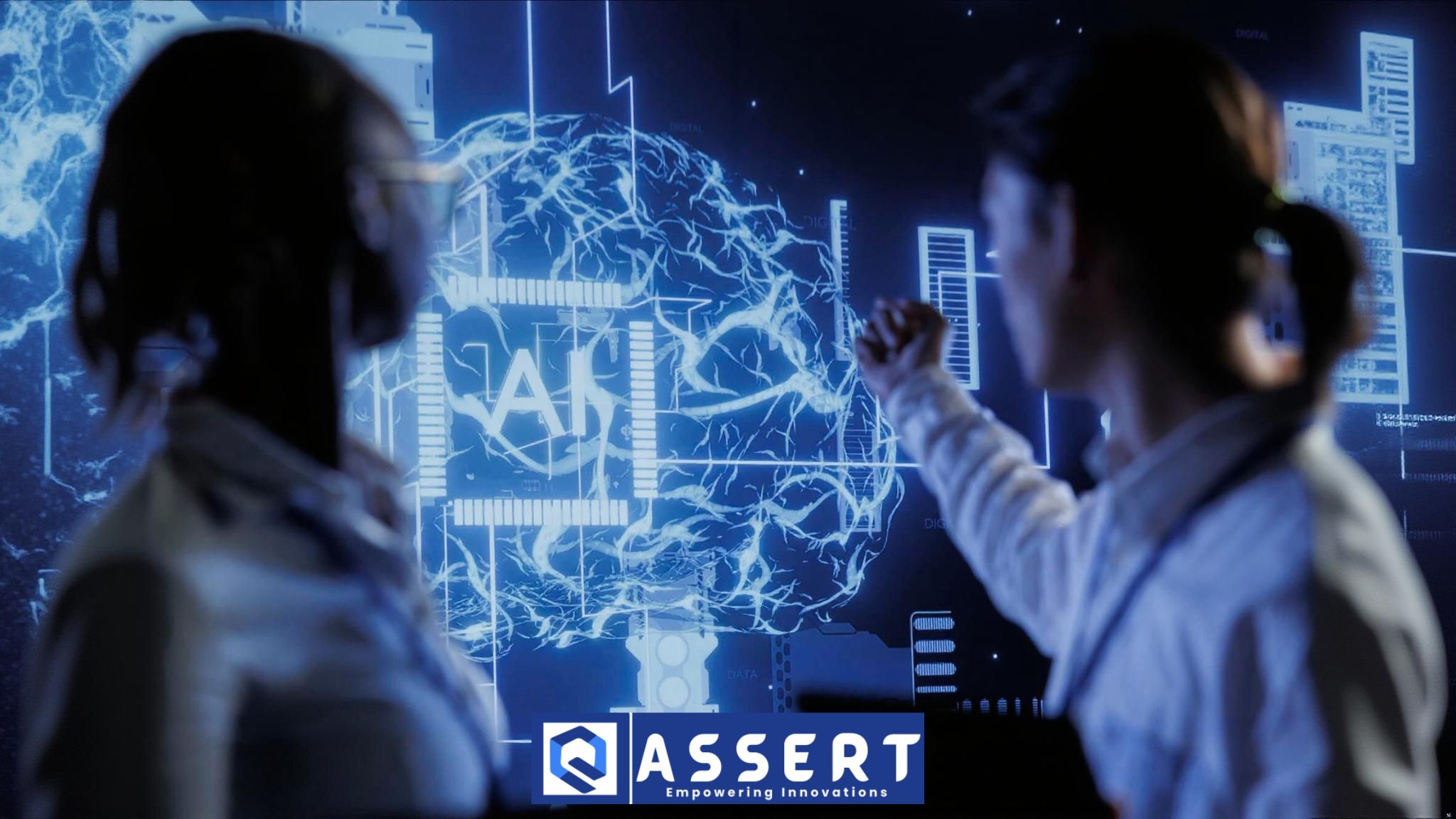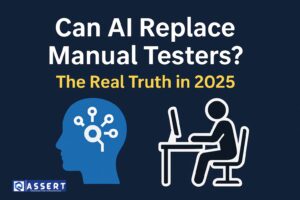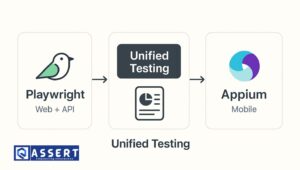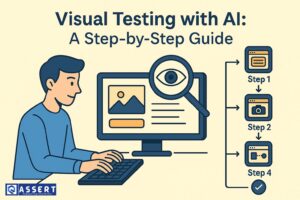Applications of AI in Software Testing
Here are the key areas where AI is making an impact in software testing:
- Test Case Generation
AI algorithms can analyze requirements, user stories, and application designs to automatically generate relevant test cases. This reduces manual effort and ensures comprehensive test coverage.
- Test Automation and Maintenance
Traditional test automation requires significant effort in writing and maintaining scripts. AI-driven tools can:
- Automatically identify UI changes and adapt test scripts accordingly.
- Generate scripts by observing user interactions with the application.
- Reduce script maintenance by predicting potential points of failure.
- Defect Prediction and Prevention
AI models can analyze historical data to predict areas in the codebase most prone to defects. By focusing testing efforts on these areas, QA teams can prevent critical bugs before they occur.
- Visual Testing
AI-powered visual testing tools can detect UI anomalies that are hard to catch with traditional automation. They compare screenshots pixel-by-pixel, identifying issues like misaligned elements, broken layouts, or incorrect colors.
- Performance Testing
AI can simulate real-world conditions such as varying network speeds, user loads, and geolocations. This helps in predicting how the application will perform under different scenarios.
- Error Pattern Detection
AI systems can analyze logs, identify error patterns, and suggest potential root causes. This accelerates debugging and reduces the time to resolve issues.
- Continuous Testing in CI/CD
AI integrates seamlessly with CI/CD pipelines to provide real-time feedback on code quality. It prioritizes tests based on risk and ensures faster releases without compromising quality.
- Natural Language Processing (NLP)
Using NLP, AI tools can:
- Understand and process human-written requirements or bug reports.
- Automate the conversion of requirements into test cases.
- Improve communication between developers and testers.
Benefits of AI in Software Testing
- Speed and Efficiency
AI reduces the time spent on repetitive tasks, allowing testers to focus on more critical and exploratory testing activities.
- Enhanced Accuracy
AI eliminates human errors in test execution and data analysis, ensuring more reliable results.
- Scalability
AI tools can handle vast amounts of test data and simulate complex scenarios, making them ideal for large-scale applications.
- Cost Savings
By automating repetitive tasks and reducing defect leakage, AI significantly lowers the overall cost of quality assurance.
- Predictive Insights
AI enables QA teams to predict risks, prioritize testing efforts, and make informed decisions.
Challenges and Limitations
While AI offers numerous advantages, it’s not without challenges:
- Learning Curve: Teams need time and resources to learn and adapt to AI-based tools.
- Initial Investment: Implementing AI solutions requires upfront costs and infrastructure.
- Data Dependency: AI models rely on high-quality data for accurate predictions and outcomes.
- Ethical Concerns: Ensuring fairness and transparency in AI decision-making is essential.
Popular AI-Powered Testing Tools
Here are some tools leveraging AI for software testing:
- Applitools: For AI-driven visual testing and UI validation.
- Testim: Automates test creation and maintenance using machine learning.
- Function: Combines AI with cloud testing for faster automation.
- Mabl: Provides self-healing scripts and integrates well with CI/CD pipelines.
- Sauce Labs (Autonomous Testing): AI-powered automated testing for web and mobile applications.
The Future of AI in Software Testing
The adoption of AI in software testing is still evolving, but the future looks promising. Potential advancements include:
- Self-Healing Systems: AI could enable applications to self-heal by identifying and resolving issues autonomously.
- Smarter Test Coverage: Advanced AI models might predict test coverage gaps and suggest areas for improvement.
- Collaborative AI: AI systems could act as virtual assistants, providing actionable insights and recommendations to QA teams.
Conclusion
AI is not here to replace testers but to empower them. By automating mundane tasks and providing actionable insights, AI allows QA teams to focus on what matters most — delivering exceptional user experiences.
As a QA engineer or manager, embracing AI in your testing strategy can help your team stay competitive in an increasingly demanding software landscape. With continuous advancements in AI technology, the future of software testing is undoubtedly exciting.




